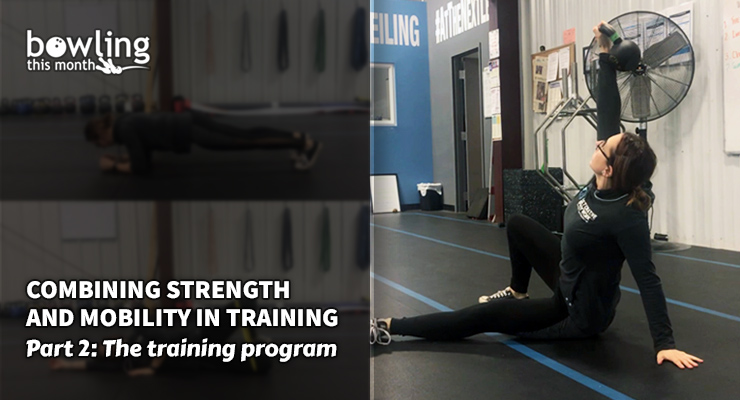Last month in the first half of this series, I went over how to properly warm up your muscles and joints prior to a workout or prior to bowling. Once you have established an effective warm-up routine that covers every joint from the ground up, your body should be primed for some loaded movements.
The key now to safely increasing strength without compromising mobility is to do functional strength training. You might have heard this term before, but what exactly is functional strength training?
Functional strength training—simply defined—is strength training with the goal of improving the movements you perform every day. Today, for example, I raked leaves with my dad. In order to use my legs to get down and pick up the leaves, my body has to know how to squat down low enough without bending my back. In order to rake the leaves efficiently without twisting too much with my torso, my core has to be strong enough to stabilize my trunk and spine. To give another example, in order for my mom to put the dishes away in the upper cupboards, she has to have the ability to raise something overhead safely. Unless we have basic functional strength, there are movements we do every day that we might perform poorly or that might result in injury.
Going back to our focus on the sport of bowling, we have to be able to perform functional movements well in order to throw a 14, 15, or 16 pound bowling ball efficiently and without injury. In order to improve these basic movement patterns to better perform everyday functions and to ...
This article is only available to Bowling This Month subscribers. Click below to get instant access to this article and all of our other premium instructional content.
Subscribe to Bowling This Month
Already a Bowling This Month subscriber? Click here to log in.
